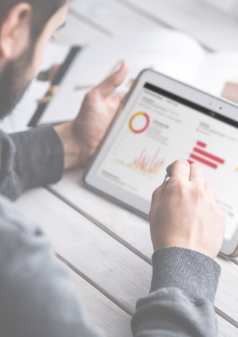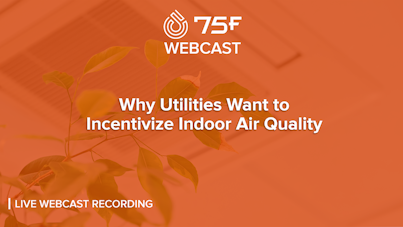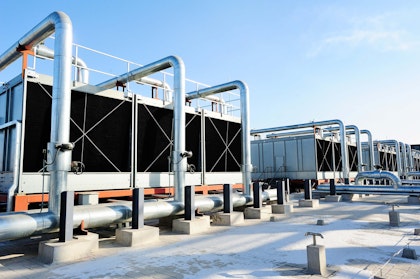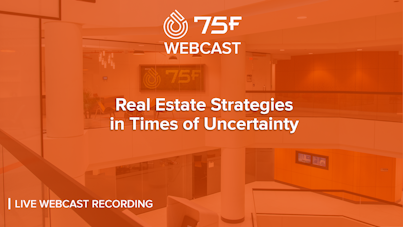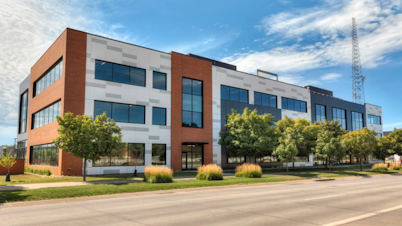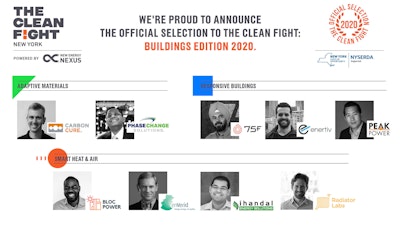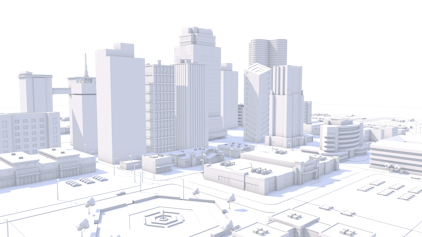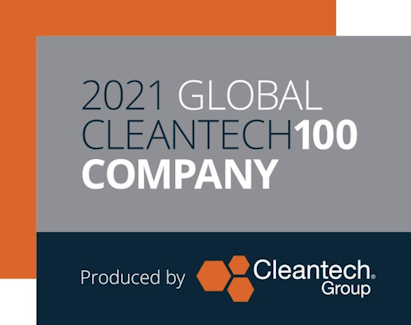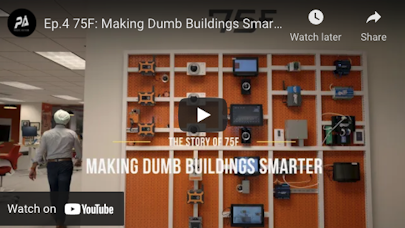
Healthier Buildings Series: IoT and the Future of Sustainability, Maintenance, and Safety
In this webinar session, 75F paired with Cuningham Group Architecture and Revel Investments to explore how the Internet of Things is fundamentally enhancing Building Information Modeling (BIM) with real-time data that informs dimensions relating to sustainability, maintenance, and health.
Webcast hosts are 75F's Chief Evangelist, Bob French; Adam Wilbrecht, Principal and Chief Knowledge Officer at Cuningham Group Architecture; and Steve Pape, Managing Partner at Revel Investments.
With over 25 years of experience, Wilbrecht is a registered architect and specialist in design, construction, and information technologies. At Cuningham Group, Wilbrecht leads both firm-wide design technology and research and development departments. Pape has more than 20 years of experience in real estate investment, leasing, acquisitions, dispositions and development, and possesses significant real estate market knowledge. At Revel, he oversees the asset management and creative office/mixed-use portfolios for the firm.
A recording of this live webcast is available above. You can otherwise read through a PDF version of our slides or continue reading for an overview.
Dimensions of Building Information Modeling
BIM functions as a single-source 3D model that architects and all parties involved in a building project can use to work together more effectively. The system leverages levels of information and data — referred to as dimensions — to build the 3D model:
3D — Object representation of built environment in three-dimensional space
4D — Time model of the construction activity visualization and analytics
5D — Cost model for budget analysis and control during planning, construction, and operating phases
6D — Sustainability model for evaluation of embodied energy, energy use, environmental impact, etc.
7D — Facility management model for managing operations, assets, maintenance, for building life-cycle
8D — Occupational safety, health, and wellness model for risk prevention, emergency response, etc.
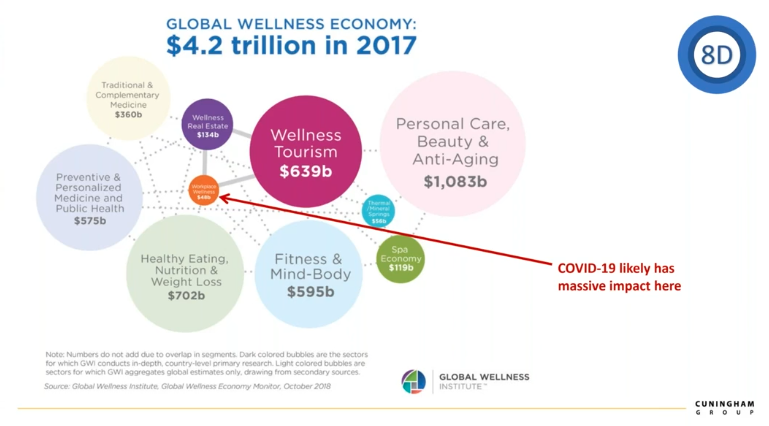
For the purpose of this webcast, our hosts focused on the 6th, 7th, and 8th dimensions of BIM. Each of these dimensions focus on the experience of those managing and occupying a space, and as COVID-19 continues, the 8th dimension becomes particularly important. IoT introduces a unique opportunity to merge real-world data and modeling.
"We discovered 75F in this process," Adam said of Cuningham's search for sensors to use as health monitors. " ... We saw that as a real opportunity to start looking at a building as a development platform."
Elevating BIM with Building Intelligence
75F's coined concept of OE² — operational efficiency and occupant experience — leverages IoT to provide direct key features to the sustainability, facility management, and health dimensions of BIM.
For the 8th dimension, the 75F Smart Stat™ and suite of sensors offer millions of data points about a building daily, including IAQ indicators such as volatile organic compounds (VOCs) and CO₂. This year, 75F also launched Epidemic Mode, a special control sequence written to follow enhanced outdoor air ventilation guidelines from standard setters such as the CDC and ASHRAE. Because of 75F's cloud-enabled technology, users can turn this sequence on and off with the click of a few buttons.
"This is a hallmark of how we go to market," French said. "We make things very simple and accessible for folks."
75F's play on a digital twin — BIM's 7th dimension — is our suite of building intelligence web and mobile apps, Facilisight. This platform offers remote control, analytics, custom dashboards and interoperability via Project Haystack API, among others.
Sustainability is at the forefront of what IoT enables 75F to do. Here at 75F, we use IoT to automate HVAC and lighting to minimize energy use, and thereby reduce operational costs and carbon footprint. Applied equipment like economizers, VFDs, VAVs, chillers and boilers can be optimized based on real-time sensor data, and set point management allow for deeper energy savings.
The 8th Dimension as a Linchpin for Returning to Work
From Pape's point of view, the 8th dimension and Indoor Air Quality Management is the linchpin in getting workplaces back open as COVID-19's end date gets blurrier. In an attendee poll during this webcast, 63 percent of responders agreed that IAQM is "very important" in returning to the workplace, and a further 25 percent said it's "important."
Pape pointed out that many of the buildings in his portfolio with Revel Investments are aging — and therefore have aging equipment — and efficiency was a foremost concern before the pandemic arrived this spring. However, occupant health and wellness has taken over as the top priority, and Pape points to solutions like 75F as a cost-effective way to keep building assets healthy.
"At the end of the day, there has to be a return on investment in order for it to make economic sense," Pape said. "But it also has to have real-time reporting and analytics so we're able to offer back to our tenants that we're implementing these IAQ initiatives in our assets."

